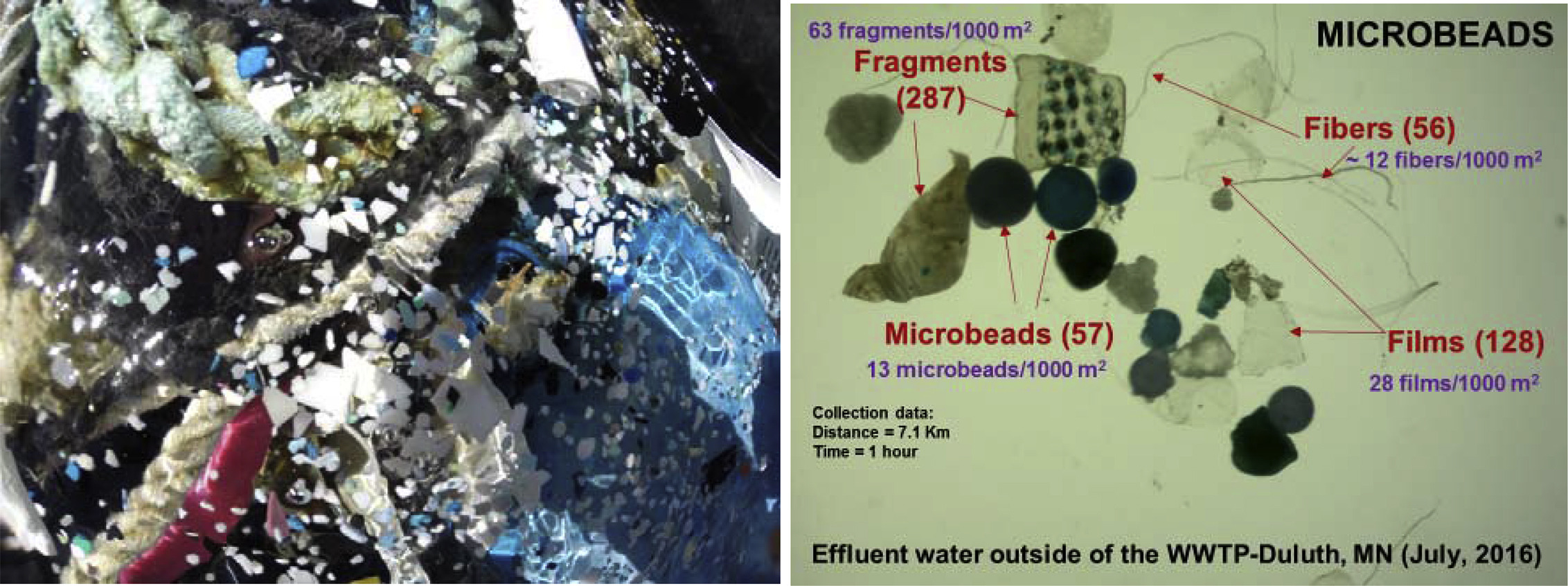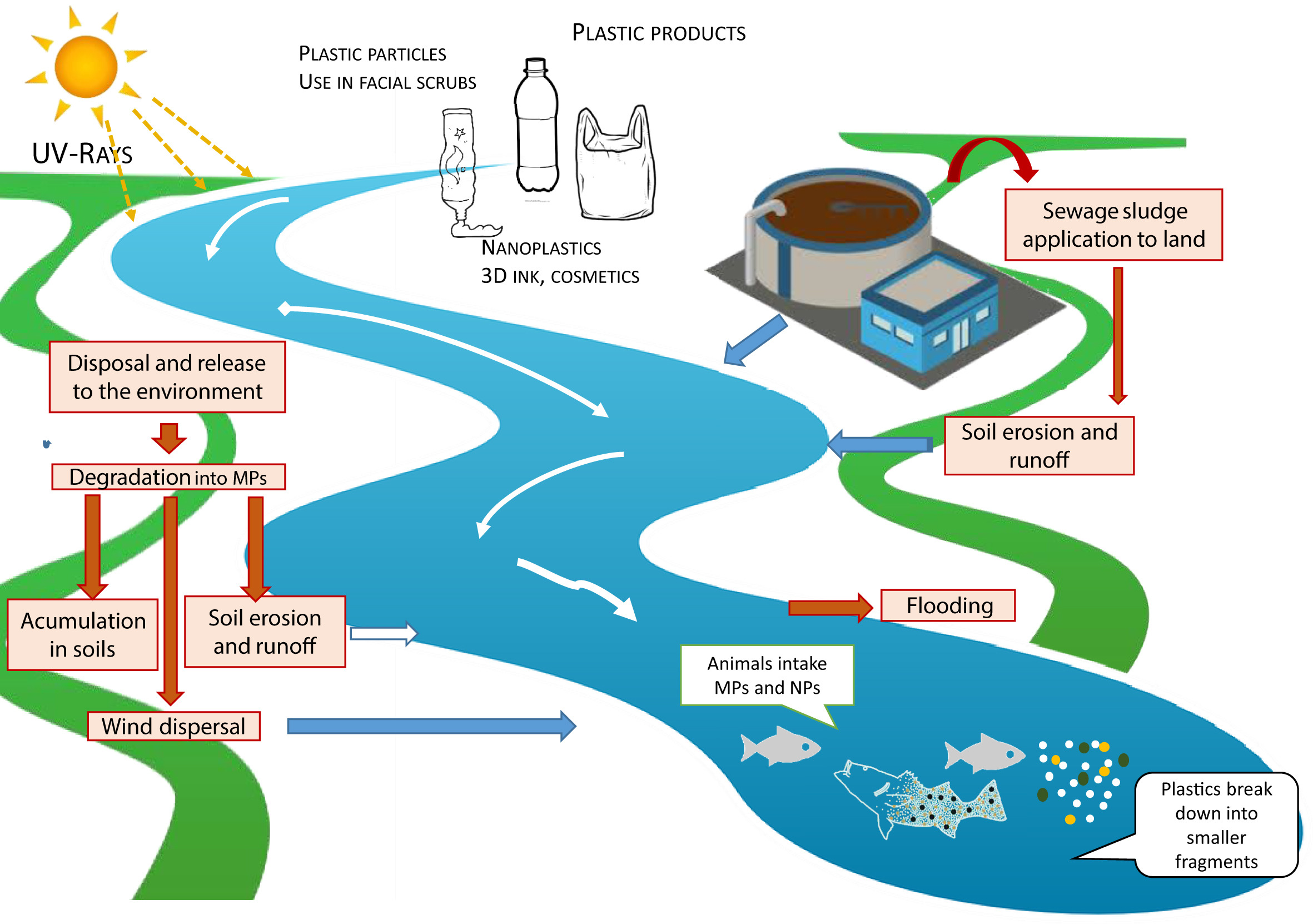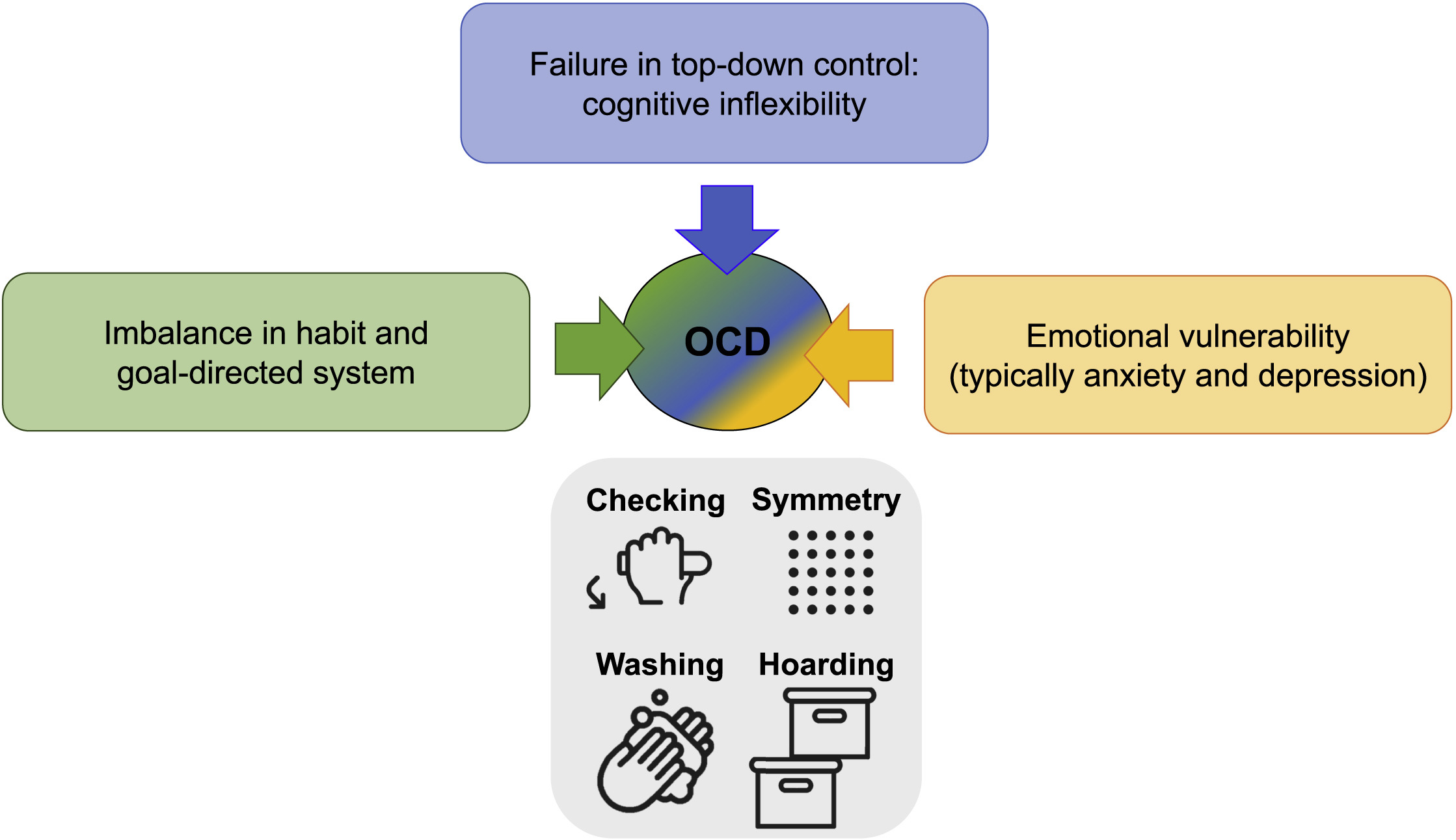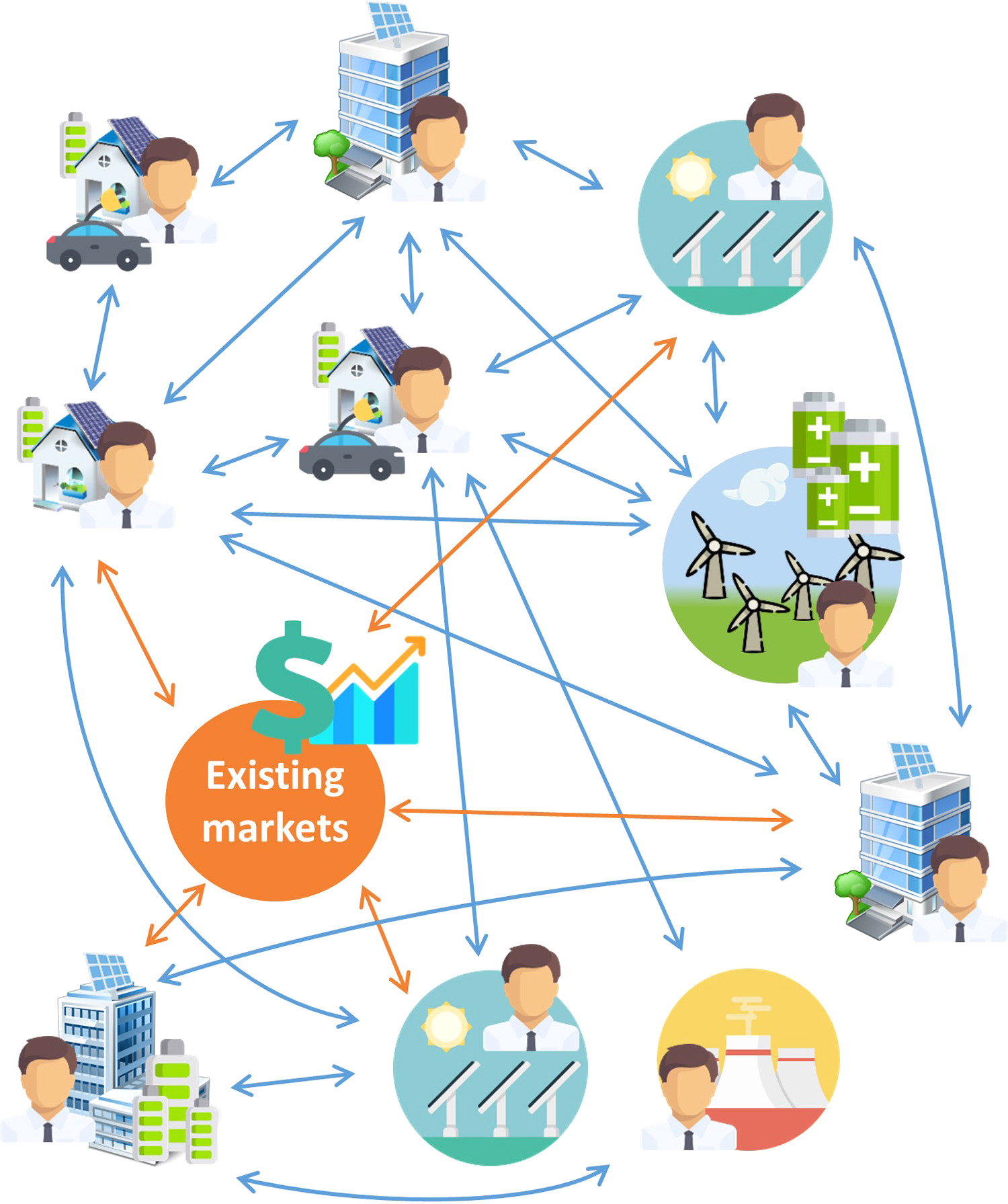Neuron, Volume 102, 3 April 2019
Perinatal depression (PND) is a heterogeneous disorder with differences in timing of onset of depression, which influences symptomology, severity, and treatment efficacy. Researchers must embrace the heterogeneity to bring fruition to a precision medicine approach for women in reproductive mental health care. Galea and Frokjaer discuss the heterogeneity of perinatal depression based on timing onset, which influences symptoms and has implications for etiology and treatment efficacy.





